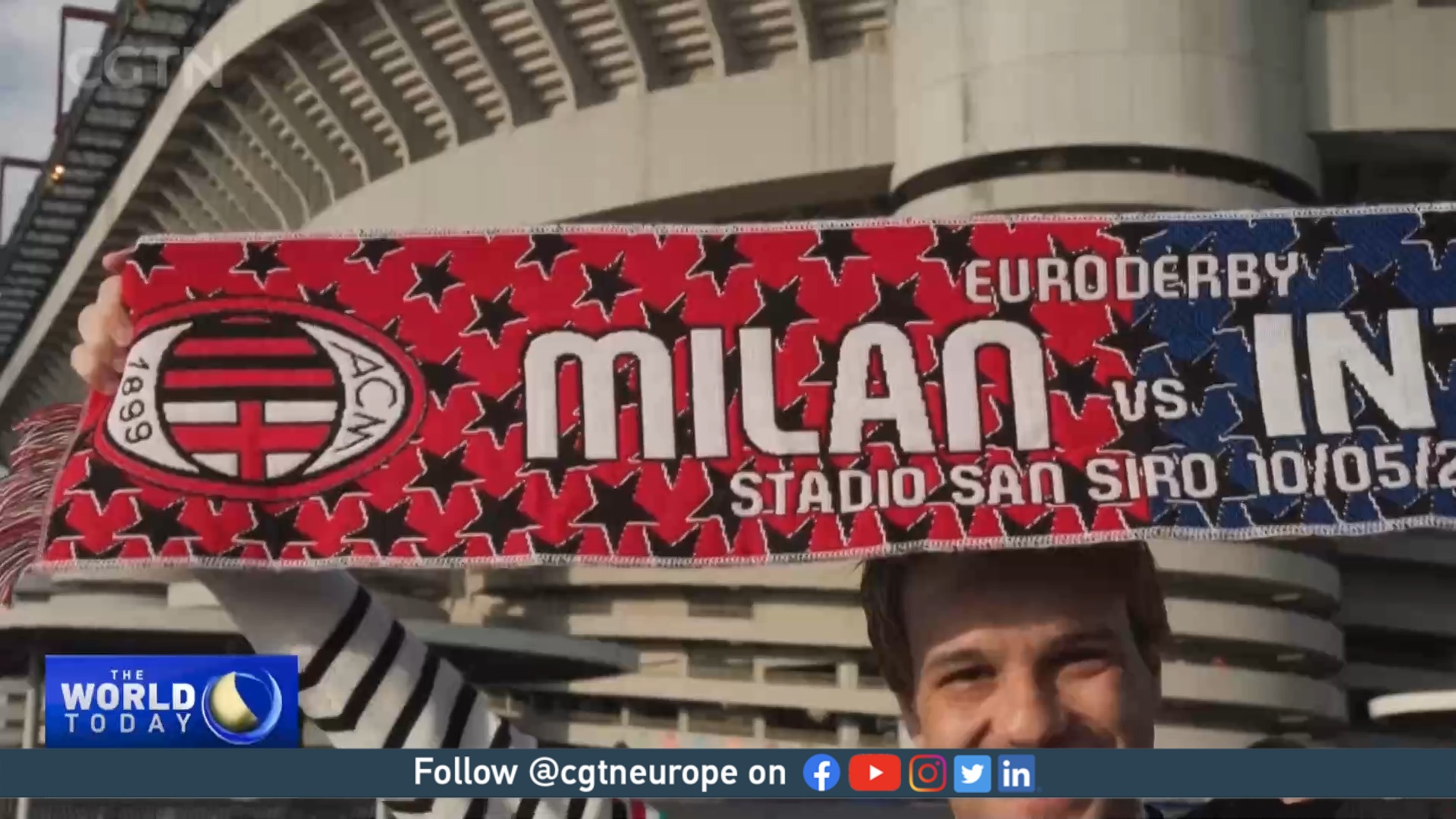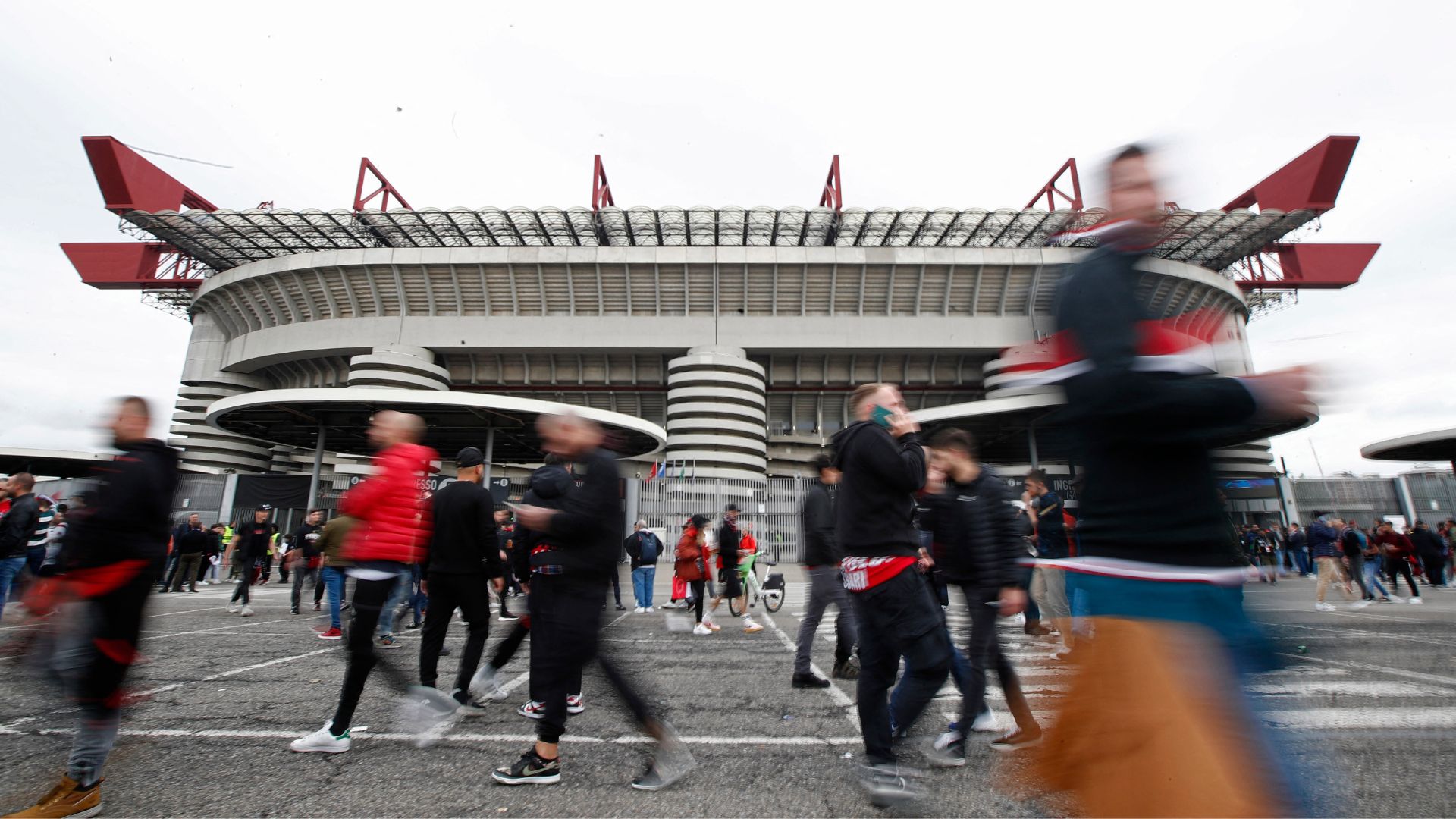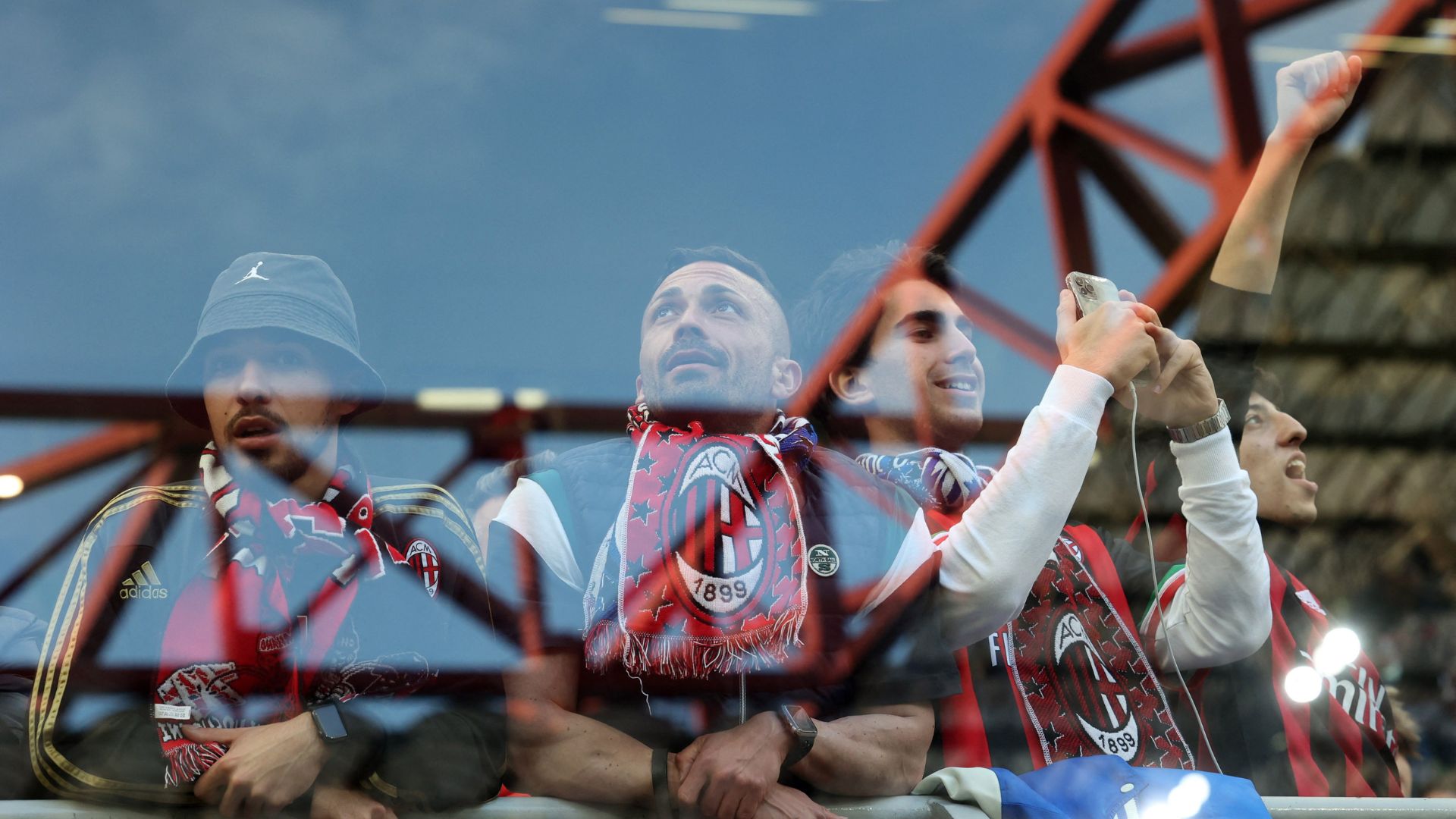02:57

On Tuesday evening, Milan's San Siro stadium plays host to the biggest match in a generation for many football fans – but its future remains uncertain.
The city's two fierce rivals – who between them have won the European Cup/Champions League 10 times – face off in this year's semi-final second leg, with Inter holding a 2-0 lead against AC Milan. They hadn't clashed in European competition since 2005, and this could be one of the last times a continental 'derby' is played in the 75,000-seater stadium.
The San Siro is one of football's best-known arenas, ground-shared by the two teams since 1947, but both teams want to leave the 97-year-old stadium. The clubs are only tenants, paying around $8.7 million per year in rent between them to the local municipality.
Due to UEFA's financial fair play rules, football clubs need to generate profits in order to compete in European competitions. The biggest clubs are able to maximize revenues through commercial opportunities in their own stadiums and the surrounding land. Football finance expert Luciano Mondellini explains that AC Milan and Inter think the current stadium is unable to do that.
READ MORE
Post-pandemic transformation for Milan
Inter Milan's chairman Steven Zhang interviewed
The new stadium opposite Viktor Orban's holiday home
"They say that Milan is the financial capital, so there is huge potential to make more money," explains Mondellini, director of Calcioefinanza.it. "More corporate hospitality would generate a lot of income and so we need to build a new stadium. With those revenues we can compete on an international level with English clubs, with Real Madrid, Barcelona, PSG, Bayern Munich."
The San Siro hasn't been renovated since the 1990 World Cup. Facilities are outdated in comparison to more modern football stadiums, including rivals Juventus's Allianz Stadium in nearby Turin. Access to food, bars and toilets is slow, limiting the ability to make more revenue on matchday.
Additionally, football's financial model has increasingly turned to the lucrative corporate hospitality market. At the San Siro, hospitality accounts for just 3 percent of seats; for comparison, at Tottenham Hotspur's benchmark new $1 billion stadium, 20 percent are corporate.

The San Siro is instantly recognizable – but deeply divisive. /Alessandro Garofalo /Reuters
The San Siro is instantly recognizable – but deeply divisive. /Alessandro Garofalo /Reuters
The clubs argue that the existing structure cannot be renovated to the standard of modern stadiums, but have found opposition among fans and traditionalists who revere the old place. "The two clubs need more money but the local population see the San Siro as a monument," Mondellini says.
In 2021 the two clubs presented plans for a joint project next door to the San Siro titled The Cathedral, including regenerating the area and building a new structure. However, that plan appears to have been abandoned after public opposition, further bureaucracy – and AC Milan being sold to new owners.
Seeking separate moves
Inter's CEO said that the club could build on a site in the San Siro area – with or without their cross-city cousins – and hasn't ruled out moving outside the city's boundaries.
AC Milan's new owner, Gerry Cardinale of U.S. investment firm RedBird Capital Partners, wants to build his new club its own stadium. The targeted site is two kilometers away from San Siro in La Maura, currently home to a racecourse and next to one of the city's largest protected ecological areas.
The idea has been met by large protests, including more than 3,000 local residents linking arms around the outside of the proposed site.
"This is a green belt around the city, it helps limit increases in temperature and it's also a barrier against pollution," said Caterina Carati from the No Stadio in La Maura protest group.
"The problem is it's not only a stadium – you have to make the related infrastructure, roads, parking areas. This would break the ecosystem," said Enrico Fedrighini, a local politician firmly opposed to the project.

AC Milan fans take in the Champions League semi-final first leg. /Claudia Greco/Reuters
AC Milan fans take in the Champions League semi-final first leg. /Claudia Greco/Reuters
If both clubs were to leave it would be difficult for the city to maintain and keep the stadium, but talk of knocking it down has been met by strong opposition domestically and internationally.
Supporters of the old stadium include Italy's undersecretary for culture, Vittorio Sgarbi, who in February vowed to protect the stadium – and rock star Bruce Springsteen, who has said it would be a pity if it were to be torn down.
"The San Siro stadium cannot be demolished because it is a symbol of Milan like La Scala, like the Duomo and Leonardo Da Vinci's Last Supper. They are crazy to think they could demolish it," said Luigi Corbani, a former deputy mayor of Milan who is the president of Si Meazza, a group defending the stadium.
No plans can move forward without approval by the city's council, and the current stadium is scheduled to host the opening ceremony for the Milan-Cortina 2026 Winter Olympics. On the pitch, a decision will be made one way or another on Tuesday night; but off it, the fight could continue for a while yet.
Subscribe to Storyboard: A weekly newsletter bringing you the best of CGTN every Friday